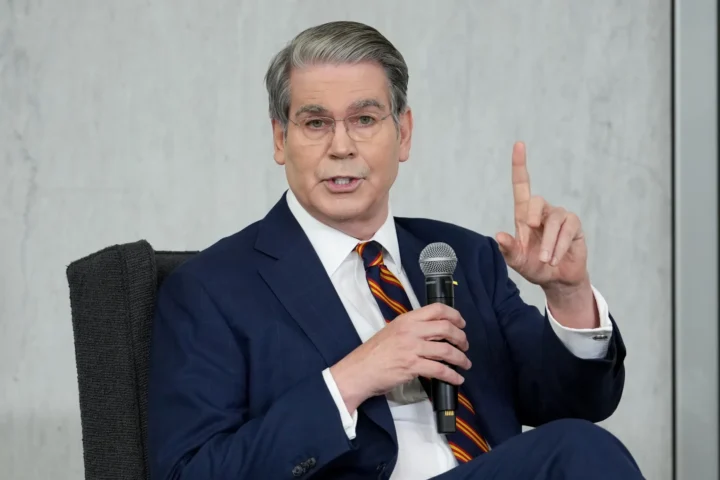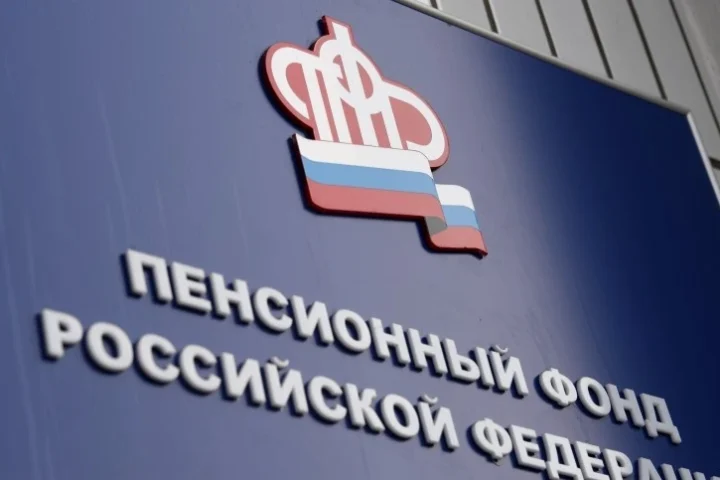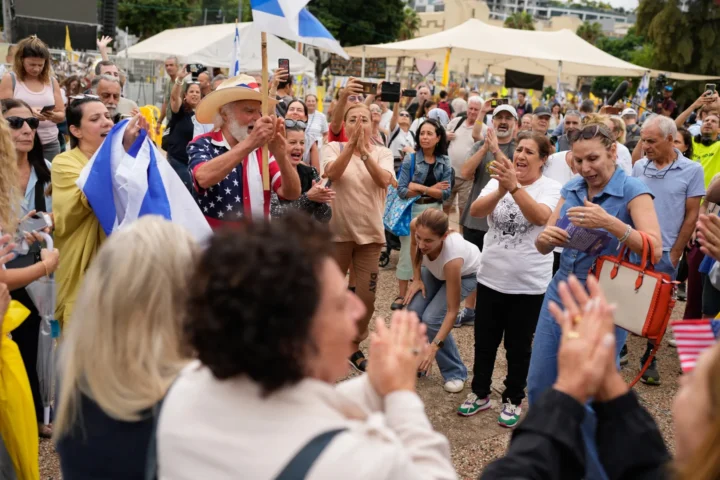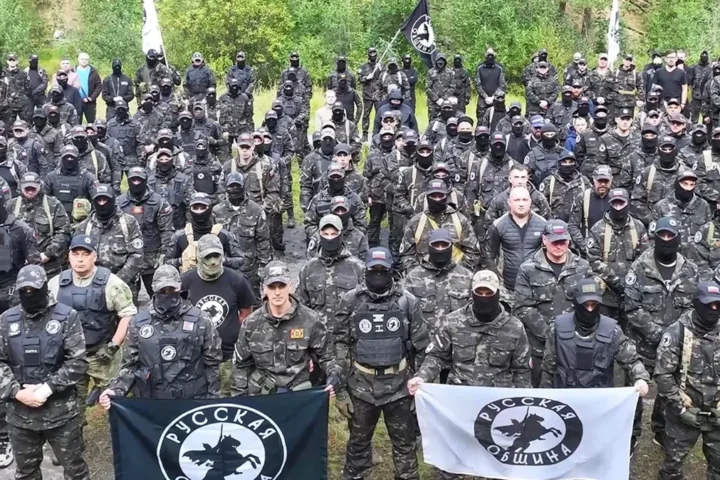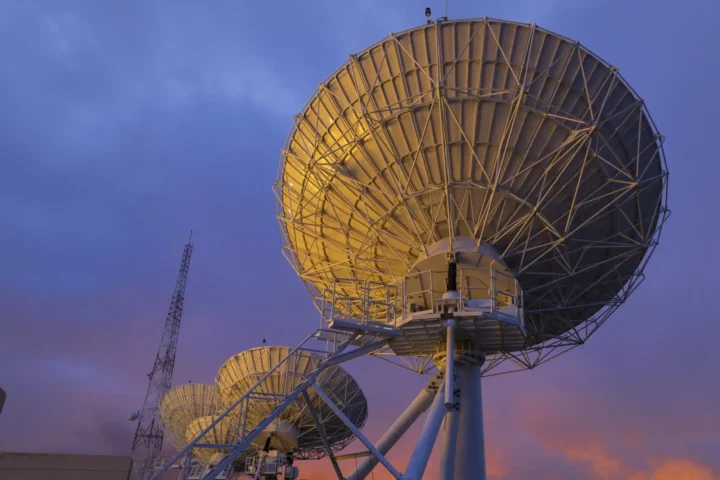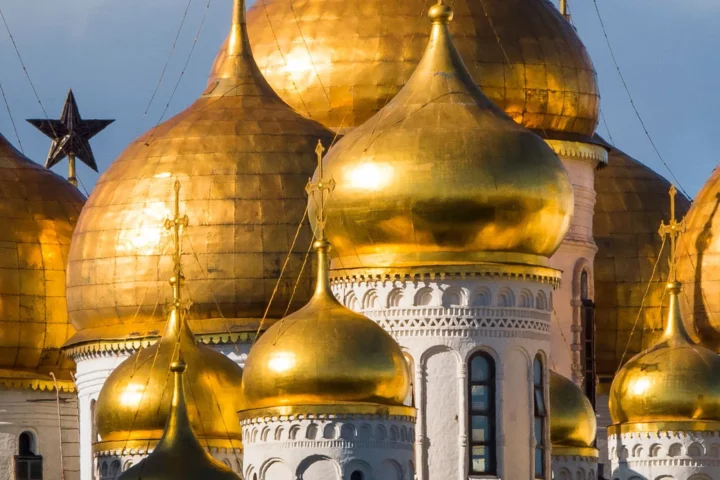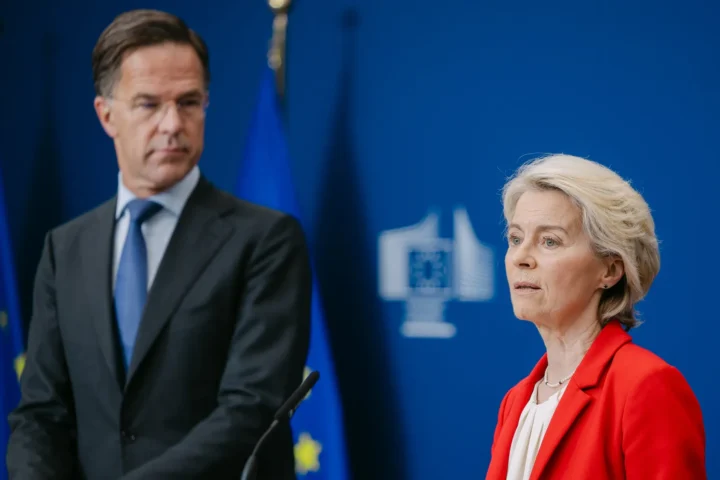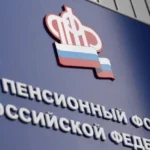President Trump gave Putin 50 days. That window began in mid-July and is set to expire around September 1. On September 3, Beijing will host a military parade marking the 80th anniversary of the end of World War II.
President Putin has already confirmed his attendance. Chinese media are speculating about Trump’s possible visit. The timing raises a significant question: is this just coincidence — or the result of behind-the-scenes coordination aimed at preparing the ground for a major geopolitical shift?
Political Timing: Coincidence or Strategic Calculation?
In mid-July, President Trump — now in office — gave Russia a 50-day window for action on Ukraine. Although the exact content of the message remains vague, it was framed as a moment for Putin to respond on terms favorable to the U.S. This deadline conveniently coincides with China’s planned World War II commemoration on September 3, where both Xi Jinping and Putin are expected to attend. According to Japan’s Kyodo News, Trump has already been invited. Beijing has not denied the report — a diplomatic signal of tacit confirmation.
The stage is potentially being set for a high-profile tableau: the leaders of the U.S., China, and Russia standing together — in a moment heavy with both historical symbolism and contemporary significance. Such a moment could serve as the starting point for a path toward de-escalation in Ukraine, even if no formal announcement is made.
Why Does China Want This?
China is trying to position itself not just as a neutral party, but as a central architect of a new global security narrative — one not dictated by the West, but mediated by historical symbolism, ceremony, and informal diplomacy. Beijing’s goal is to present itself as the gravitational center of a multipolar world — and a summit involving the three major nuclear powers would reinforce that image.
Historically, the U.S. and China were allies during World War II. In the 1940s, American “Flying Tigers” flew aid over the Himalayas to support China against Japan — a story that Chinese state media is now reviving as a symbol of possible future cooperation.
Internally, Xi is also facing mounting challenges: a slowing economy, rising dissatisfaction, and questions about party leadership. According to Taiwan-based political analyst Wen-Ti Sung:
“The anniversary serves as a tool to generate nationalist pride and suppress domestic anxiety. Bringing in global leaders at this moment is also a way to strengthen Xi’s personal legitimacy.”
What Do the Other Players Gain?
- Putin gains international legitimacy: he’s no longer the isolated aggressor but a partner at the table with two superpowers.
- Trump positions himself as the historical figure who brought peace — something Biden could not achieve.
- Xi shows the world that Beijing is where global decisions are made, not Brussels or Washington.
In essence, China is offering a revised diplomatic architecture — not based on Western institutions, but on personal diplomacy, symbolism, and alternative frameworks of legitimacy. Trump’s presence, even without formal agreement, would lend credibility to China’s version of a post-Western order.
Behind the Scenes: Quiet Coordination?
Several signs point to the likelihood of informal backchannel coordination. This doesn’t necessarily mean a detailed peace plan, but it could imply a temporary architecture for freezing the Ukraine conflict, creating space for more formal discussions later.
U.S.–China relations are already improving:
- Reciprocal tariff reductions;
- China has lifted export bans on rare earths, critical to tech manufacturing;
- The U.S. eased restrictions on high-end chip sales;
- Nvidia CEO Jensen Huang’s highly publicized visit to China — with Trump’s blessing — underscored mutual technological interdependence.
But Not Without Risks
Trump’s advisors may argue that participating in someone else’s ceremony — especially Xi’s — would cast him as a “guest” rather than the dominant force. Wen-Ti Sung notes:
“Trump would prefer a meeting on U.S. soil, where he sets the tone. Playing a supporting role in Xi’s theater isn’t his style.”
He adds that while China may extend an invitation, the chances of Trump accepting remain low.
Still, the very fact that such a meeting is being considered is itself a sign of tectonic diplomatic movement.
The alignment between Trump’s 50-day deadline and China’s September 3 parade is likely no accident. Beijing appears to be constructing a large-scale diplomatic tableau in which symbols, history, and personal relationships become tools for strategic influence.
September 3 may not mark the end of the war — but it could signal a pause, a symbolic pivot in which the great powers begin to feel out the shape of a post-war order — even if nothing is signed, and everything is said in gestures.







